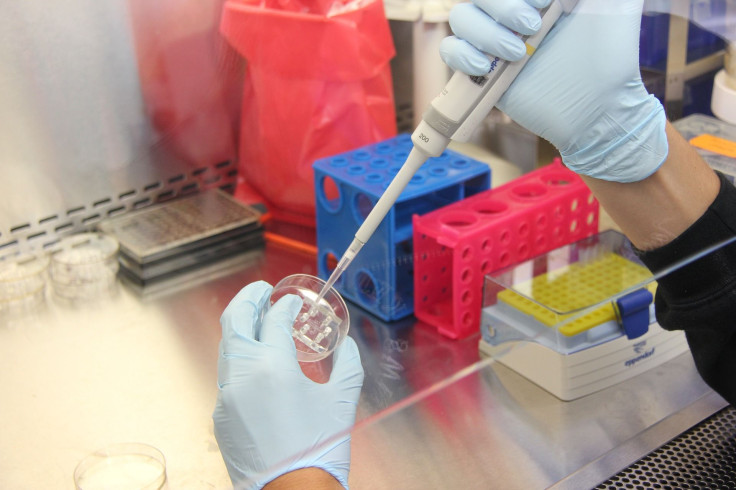Genetically Engineered Virus Dangers: Why Does Stephen Hawking Think It Will Wipe Out Humanity?
Humanity can destroy itself in many different ways. Weapons and environmental destruction seem solid contenders these days. Also this: creating our own deadly illness.
Stephen Hawking has long been sharing his pessimistic views about the future of Earth and humanity, so it comes as no surprise that the physicist reiterated them at Oxford University this week, saying, “I don’t think we will survive another 1,000 years without escaping beyond our fragile planet.” He encouraged people to pursue space travel and inhabiting other planets as the means for humanity’s survival because the doom of a nuclear war, a genetically engineered virus, or some other calamitous occurrence, could threaten our future here.
The genetically engineered virus as the cause of humanity’s downfall, although equally ironic, is perhaps scarier than the prospect of nuclear war because it is more of an unknown. What is it? As the name implies, it is a virus that has been created or modified at a genetic level. Scientists have started to toy with these viruses to treat other human illnesses, such as cancer. For example, researchers in a lab could create a virus that targets and kills cancer cells, curing patients without chemotherapy. But there are possible applications for just about any condition, including alcoholism. Smithsonian Magazine reported that a genetically engineered virus could reduce the urge to drink by introducing a certain gene into neurons that control behavior of an addicted brain, and then manipulating them into encouraging or discouraging the problem behavior.

Like Hawking, some experts have been warning us about the dangers of these genetically modified viruses and the risk of an infectious outbreak for at least a decade. One article in the Journal of Toxicology and Environmental Health targets viruses whose DNA has been modified as well as vaccines that use genetically engineered viruses. They “possess significant unpredictability and a number of inherent harmful potential hazards,” even to people who are not the patient and to other species, the article says. And when the engineered viruses in vaccines reproduce with their naturally occurring counterparts, they may “possess totally unpredictable characteristics with regard to host preferences and disease-causing potentials.”
Aside from engineered viruses possibly creating offspring in our bodies in unpredictable ways that ultimately make them stronger and impervious to our current medical treatments, one way these modified or engineered viruses could start infecting us and spread like wildfire could be a containment issue in a laboratory setting, which is not unheard of — the Centers for Disease Control and Prevention had a scare a few years ago when employees were at risk of exposure to anthrax.
The genetically engineered viruses that could start an outbreak in a lab that spreads to the rest of humanity are already out there. In a Wisconsin lab, Gizmodo has reported, one scientist created a strain of the feared H1N1 flu, commonly referred to as “swine flu” several years ago, that “can completely escape the human immune system” and its antibodies — making us all “unable to resist an outbreak.”



























